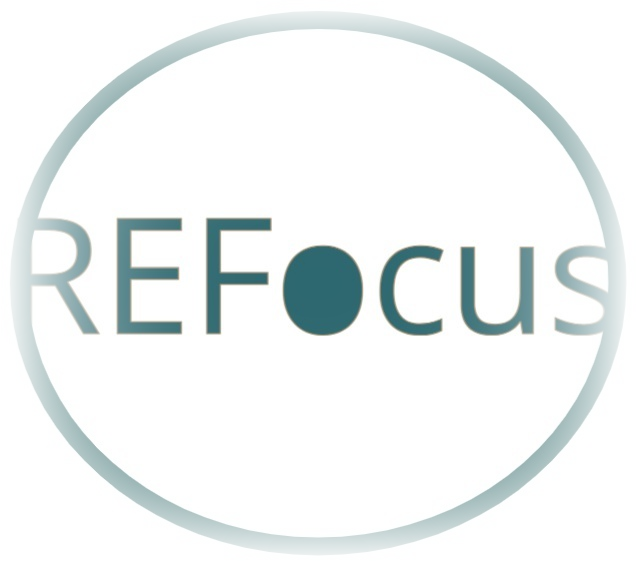” Consulting “
Series
ROI in a Consulting Project:
How to Measure It

One of the most common challenges consultants face is measuring their projects’ return on investment (ROI).
ROI is a vital indicator of the value consultants deliver to their clients and their impact on business outcomes.
However, measuring ROI is not always straightforward, as many factors influence the results of a consulting project, such as the scope, duration, complexity, quality, and external factors.
In this blog post, we will discuss some of the best practices and methods for measuring the ROI of a consulting project, as well as some of the common pitfalls and limitations that consultants should be aware of.
What is ROI? Why is it important?
ROI is a ratio that compares the benefits or returns of an investment to its costs. It is usually expressed as a percentage or a ratio. For example, if a consulting project costs $100,000 and generates $150,000 in benefits, the ROI is 50% or 1.5.
ROI is important for several reasons:
– It helps consultants demonstrate their value proposition and justify their client fees.
– It helps clients evaluate the performance and effectiveness of their consultants and compare them with other alternatives.
– It helps consultants and clients align their expectations and goals and track progress and results.
– It helps consultants and clients identify areas for improvement and optimization and make data-driven decisions.
How to measure the ROI of a consulting project?
There is no one-size-fits-all formula for measuring the ROI of a consulting project, as each project is unique and has different objectives, deliverables, and outcomes. However, there are some general steps that consultants can follow to estimate and calculate the ROI of their projects:
- Define the objectives and scope of the project. The first step is clearly defining the project’s aims and the specific deliverables and outputs the consultant will provide. This will help set the baseline for measuring the results and benefits of the project.
- Identify the key performance indicators (KPIs) and metrics. The next step is to identify the relevant indicators and metrics that will measure the success and impact of the project. These should be aligned with the objectives and scope of the project and should be SMART (specific, measurable, achievable, relevant, and time-bound). For example, some common KPIs for consulting projects are revenue growth, cost reduction, customer satisfaction, employee engagement, market share, etc.
- Estimate the costs and benefits of the project. The third step is to estimate how much the project will cost and how much it will generate in terms of benefits or returns. The costs should include direct costs (such as fees, expenses, materials, etc.) and indirect costs (such as opportunity costs, risks, etc.). The benefits should include tangible benefits (such as increased sales, reduced expenses, improved productivity, etc.) and intangible benefits (such as enhanced reputation, customer loyalty, employee morale, etc.). The estimates should be based on realistic assumptions and data sources and should be validated by both consultants and clients.
- Calculate the ROI of the project. The final step is to calculate the ROI of the project by dividing the net benefits (benefits minus costs) by the total costs. The result can be expressed as a percentage or a ratio. For example, if a consulting project costs $100,000 and generates $150,000 in net benefits, the ROI is 50% or 1.5.
- Monitor and evaluate the ROI of the project. The last step is to monitor and assess how the ROI of the project evolves and how it compares with the expected or planned ROI. This will help consultants and clients evaluate whether the project meets its objectives and delivers its value proposition. It will also help identify gaps or issues that must be addressed or resolved.
What are some of the challenges and limitations of measuring the ROI of a consulting project?
While measuring the ROI of a consulting project can provide valuable insights and feedback for both consultants and clients, it also comes with some challenges and limitations that should be taken into account:
- Measuring ROI can be complex and time-consuming. Measuring ROI can require a lot of data collection, analysis, interpretation, and communication, depending on the nature and scope of the project. It can also involve multiple stakeholders with different perspectives and interests. Therefore, measuring ROI can be a resource-intensive and challenging process that requires careful planning and execution.
- Measuring ROI can be subjective and uncertain. Not all benefits or costs of a consulting project can be easily quantified or attributed to the project itself. Some benefits or costs may be intangible or indirect or may depend on external factors beyond the consultant’s control or influence.
Additional Resources
A Few Other Resources We’ve Created for Our Customers
“What Problems do You Fix?”
" REFocus " Series04 / 07 / 2023 Residential Market "Why should I hire you?", "What can you do for us?", "What exactly do you work with? In what areas?" or "What makes you unique?" are frequently asked by businesses when discussing consulting, their...
News_Residential Market 230407
NEWS04 / 07 / 2023 Residential Market What are the main news related to the residential real estate market for this week? If you are interested in the latest developments and trends in the residential real estate market, you might want to read this...
Best Practices for Effective Client Relationship Management in Real EstateEstate Brokerages Thriving with Consulting Support
" Real Estate Companies " SeriesBest Practices for Effective Client Relationship Management in Real Estate As a real estate professional, your success largely depends on building and maintaining strong client relationships. Effective client...
Contact Us
Have additional questions? Send us an email and we will reach back to help you answer them!


